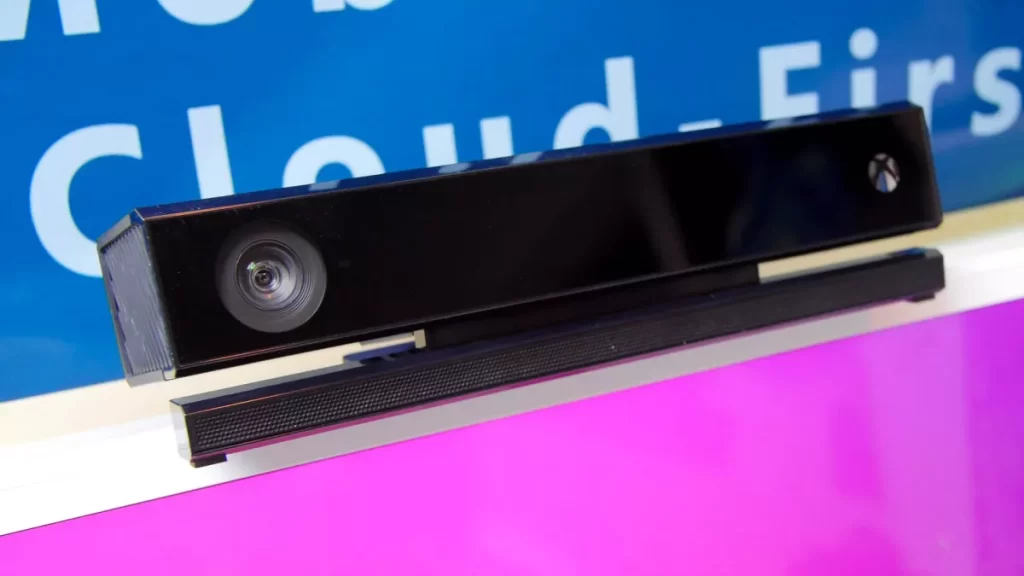Microsoft kills Kinect again
In a move that might not come as a surprise to many, Microsoft has officially pulled the plug on its Kinect technology once again, marking the end of a tumultuous journey for the motion control system that once held so much promise. The decision raises questions about the future of motion control gaming and the legacy of Kinect.
Microsoft is once again discontinuing the Kinect, the depth camera and microphone device. After stopping production in 2017 and reintroducing it in a new form in 2019, Microsoft is now ending production of the Azure Kinect Developer Kit. However, they have partnered with external companies to provide alternative options for those in need.
If you want to purchase one of the remaining Azure Kinect Developer Kits, they will be available until the end of October or while supplies last. If you already have one, Microsoft assures that you can continue using it without any disruptions.
“We are constantly updating our products to best serve our customers and partners,” said Swati Mehta from Microsoft. “This includes retiring products and introducing new opportunities. While we are ending production of the Azure Kinect Developer Kit, the technology will still be available through our partner ecosystem.” Mehta also suggests the Femto Bolt by Orbbec, which utilizes the Azure Kinect Developer Kit’s depth camera module.
The Kinect was originally launched with the Xbox 360 and was initially required for the Xbox One. However, Microsoft changed this policy prior to the console’s release. Not long after the release of the console, Microsoft announced a version of the Xbox One without the bundled Kinect.
The Rise and Fall of Kinect
The story of Kinect is one of ambition, innovation, and ultimately, a series of challenges that led to its demise. Initially introduced in 2010 for the Xbox 360, Kinect was hailed as a game-changer in the world of gaming. It allowed players to control games using their bodies, ushering in a new era of interactive and immersive gameplay.
At the time of its launch, Kinect garnered widespread attention and excitement, breaking records as the fastest-selling consumer electronics device. It seemed like Kinect was poised to revolutionize gaming and potentially extend its applications to other industries like healthcare and education.
The Challenges Faced by Kinect
However, despite the initial hype and promise, Kinect faced a series of challenges that ultimately led to its downfall:
- Lack of Engaging Content: While Kinect showcased impressive technology, it struggled to offer a consistent and compelling library of games. Many Kinect titles felt more like tech demos than fully fleshed-out gaming experiences.
- Hardware Limitations: Kinect’s hardware, which relied heavily on a depth-sensing camera and infrared sensors, had limitations that hindered its accuracy and responsiveness. This made precise control in fast-paced games difficult.
- Competition: Competing motion control systems, like the Nintendo Wii and later the PlayStation Move, offered different experiences that resonated with gamers. Kinect faced challenges in distinguishing itself.
- Changing Gaming Trends: The gaming industry shifted toward other innovations, such as virtual reality (VR) and augmented reality (AR), leaving Kinect somewhat outdated in comparison.
- Abandonment by Microsoft: Perhaps the most significant blow was Microsoft’s decision to discontinue support for Kinect on its Xbox One console. This signaled the company’s waning commitment to the technology.
The Final Farewell to Kinect
Microsoft’s recent announcement to officially discontinue production of the Kinect adapter, the last piece of hardware connecting the Kinect to its latest Xbox consoles, marks the end of an era. Kinect had already been largely phased out in recent years, with Microsoft shifting its focus towards other technologies and initiatives.
While Kinect may have failed to live up to the lofty expectations set at its inception, it did leave a lasting legacy. Its early innovations paved the way for the development of other motion control and sensor technologies, some of which have found applications in fields beyond gaming, such as healthcare and robotics.
